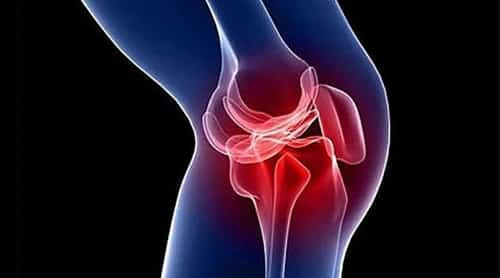Postoperative Care
Immediately following ACL and meniscus surgery, patients can expect tailored postoperative care. This often involves the application of a knee brace and crutches to limit weight-bearing and protect the knee. Additionally, ice therapy or cryotherapy may be applied to manage swelling and pain.
Pain Management
Post-surgical pain is a common experience, but it is controllable through prescribed pain medications. It is vital that patients follow their surgeon’s instructions for medication use, balancing pain relief with the awareness to avoid dependency.
Physical Therapy and Rehabilitation
A critical component of the recovery process is physical therapy. Starting with gentle range-of-motion exercises, patients work their way up to strength-building activities. The rehabilitation process is gradual and individualized, with the goal of returning the knee to full function.
Milestones in Recovery
The rehabilitation process after ACL and meniscus surgery follows specific milestones:
| Timeframe | Expected Milestones |
|---|---|
| First 2 Weeks | Pain control, reduce swelling, begin gentle exercises |
| 2-6 Weeks | Increase range of motion, light weight-bearing |
| 6 Weeks-3 Months | Progressive strengthening exercises |
| 3-6 Months | Return to low-impact activities |
| 6-12 Months | Gradual return to high-impact sports or activities |
Follow-up Visits
Patients should expect regular follow-up visits with their surgeon to monitor the healing process. These appointments are crucial for assessing progress and adjusting the rehabilitation plan as needed.
Factors Affecting Recovery
Various factors such as patient age, pre-surgery fitness level, and the body’s healing response play a role in recovery time. Adherence to the rehabilitation protocol also significantly impacts outcomes.
Psychological Aspect
Recovery is not only physical but also psychological. It’s common to experience frustration, impatience, or depression during the rehabilitation period. Support from a psychological counselor, family, and friends can be beneficial.
Expected Limitations
Patients may notice limitations in knee flexibility, strength, and endurance. Over time, and with consistent rehabilitation, most of these limitations should diminish, but some may persist longer and require ongoing attention.
Long-term Care
The repaired knee may be more susceptible to arthritis in the future. Ongoing knee care, such as maintaining an appropriate weight, staying active, and performing specific exercises can help manage long-term health of the knee.
ACL and meniscus surgery recovery stories
Story 1: Ken’s Comeback to Running
Before my ACL and meniscus tear, running was a major part of my life. After the injury, the uncertainty was the hardest part – would I ever run the same way again? Surgery was daunting, but I was determined to return to form. Recovery was slow; the first few weeks were the hardest, with pain and very limited mobility. Physical therapy was my lifeline – it was tough, but it made all the difference. I learned patience; I celebrated every small victory. Now, a year later, I’m not just running – I’m training for a half marathon. It’s been a journey, but I’ve come out stronger.
Story 2: Michael’s Return to the Basketball Court
Basketball has always been a huge part of my identity, so tearing my ACL during a game felt like losing a part of myself. Surgery was inevitable if I wanted to play again. Post-surgery was tough, filled with pain, swelling, and frustration. The physical therapy sessions, ice, and rest became my new normal. Through sheer perseverance and endless exercises, I found strength I didn’t know I had. It took me around eight months to confidently step onto the court again. Now, a year and a half post-surgery, not only have I returned to playing, but I also coach youth basketball.
Story 3: Jason’s Hiking Triumph
After my ACL and meniscus tear during a fall on a hiking trip, I was sidelined with an injury that felt like it had stripped away my adventurous spirit. Post-surgery was a blur of discomfort and boredom, being away from the trails I loved. However, I turned that frustration into motivation. During rehab, I was meticulous about following my physiotherapist’s advice, and I also did additional strength training. It was a long road, but gradually I built my way back. Eighteen months later, not only could I hike again, but I tackled a summit that had been on my bucket list for years. It was a triumphant moment that signaled not just a physical recovery but a personal conquest.
Conclusion
Every patient’s experience after undergoing ACL and meniscus surgery is different, however, being knowledgeable about the healing process can make the journey more enjoyable and lead to better results. Following the advice of medical professionals and maintaining a positive and proactive mindset are crucial for a successful recovery.









